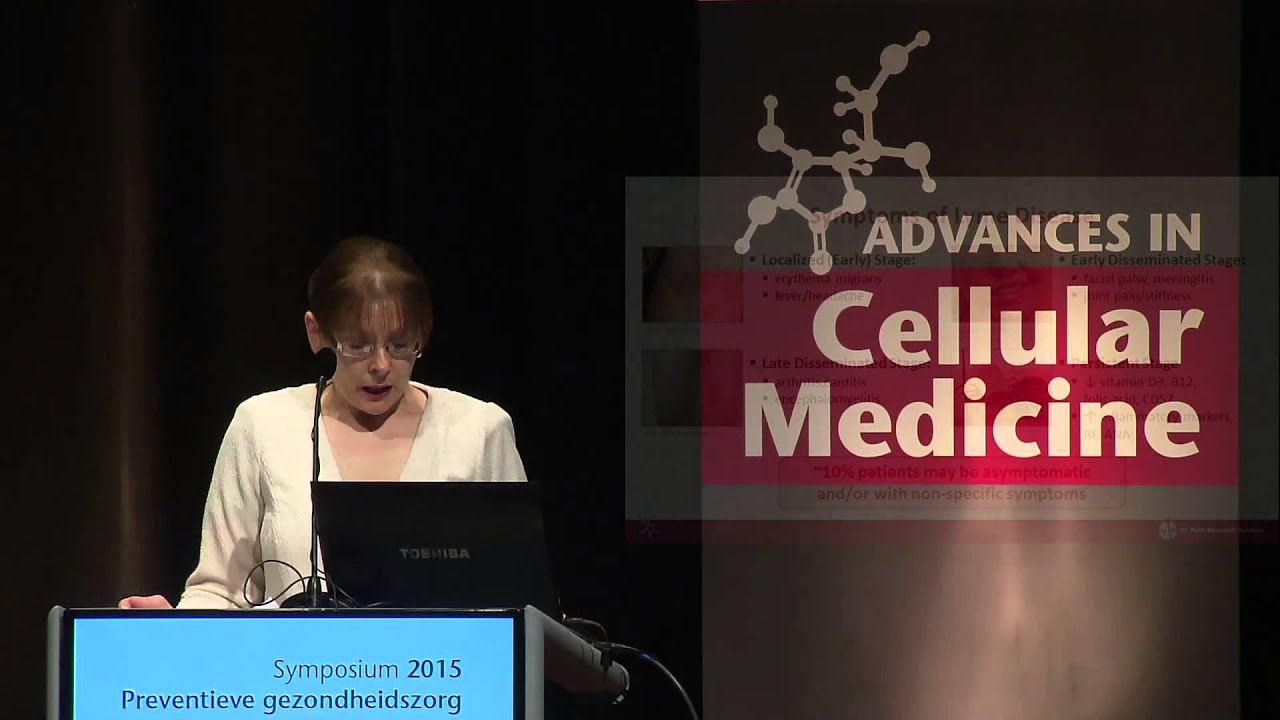Why try antimicrobials?
5 of the top 6 treatments that helped people really recover (e.g. work full-time without accommodations) have antimicrobial properties. This suggests that other antimicrobials may be worth trying. While these treatments would be experimental, we can lower risk by using drugs that are very safe in healthy people. They are probably far less safe in long haulers, so you should probably start with low dosages and stop if symptoms are going the wrong way.
Anna Goc’s research on natural anti-microbials for chronic Lyme
A lot of antimicrobials have been tried for chronic Lyme (e.g. cat’s claw, lion’s mane, oil of oregano, etc.). This post will focus on the ones tested by Anna Goc and her colleagues. They tested a number of natural compounds in a lab environment to find ones that are effective against Lyme bacteria. Then they tested it on 32 mice and 17 humans, though the human study had no control group.
Their paper is here:
https://doi.org/10.1177/2040622320922005
They found that six compounds were effective. They used the following dosages in humans:
- baicalein 250 mg/day
- luteolin 75 mg/day
- rosmarinic acid 100 mg/day (rosemary extract supplements contain rosmarinic acid)
- monolaurin 250 mg/day
- 10-HAD / cis-2-decenoic acid 100 mg/day
- iodine 0.15 mg/day (in the form of kelp)
In humans, the researchers found that 3/17 participants became symptom free and an additional 8/17 participants demonstrated significant improvement. The natural chemicals were fairly effective in helping mice clear Borrelia bacteria from their body (it worked better in mice).
The chronic Lyme community does not seem to have embraced this research or the commercial supplement (Dr. Rath’s PHYTOBIOLOGICALS® ROYAL COMPLEX SYNERGY FORMULA). So I haven’t come across much talk about it in the chronic Lyme world.
Synergy
Anna Goc, Megan Weitner, and a number of other Lyme researchers have discovered that many molecules work synergistically against Lyme bacteria (though some do not). A half-dose of substance A combined with a half-dose of B will do more than a full dose of A (or a full dose of B).
Mainstream medicine uses such an approach in the treatment of hepatitis C and tuberculosis - they will throw a combination of drugs at the problem instead of just one drug. If you know exactly what you’re fighting (which is the case with hep C and tuberculosis), then this approach is a good idea. We don’t know if it’s a good idea for long haul because we lack research.
Data on the individual components
In the list below, I’ve bolded the supplements that are easy to get.
- baicalein 250 mg/day
- luteolin 75 mg/day
- rosmarinic acid 100 mg/day (rosemary extract supplements contain rosmarinic acid)
- monolaurin 250 mg/day
- 10-HAD / cis-2-decenoic acid 100 mg/day
- iodine 0.15 mg/day (in the form of kelp)
Survey data exists on luteolin and monolaurin… nobody who recovered rated either highly.
However, the good news is that these treatments are on the lower risk side… similar to ivermectin and the supermarket food black seed oil (neither of which are risk-free).
The bottom line
Your treatment options aren’t great if you don’t respond to the best treatments that we’ve identified so far. If you have to scrape the bottom of the barrel, these natural chemicals are worth considering because the downside is low. The safety is very good relative to your other choices- these are much, much safer for long haulers than antibiotics and most pharma drugs.
They also don’t cost a lot of money.
Youtube talk
This talk by Anna Goc goes over the basics of chronic Lyme and how they found multiple phytochemicals that are promising against all of the forms of the Lyme bacteria.


